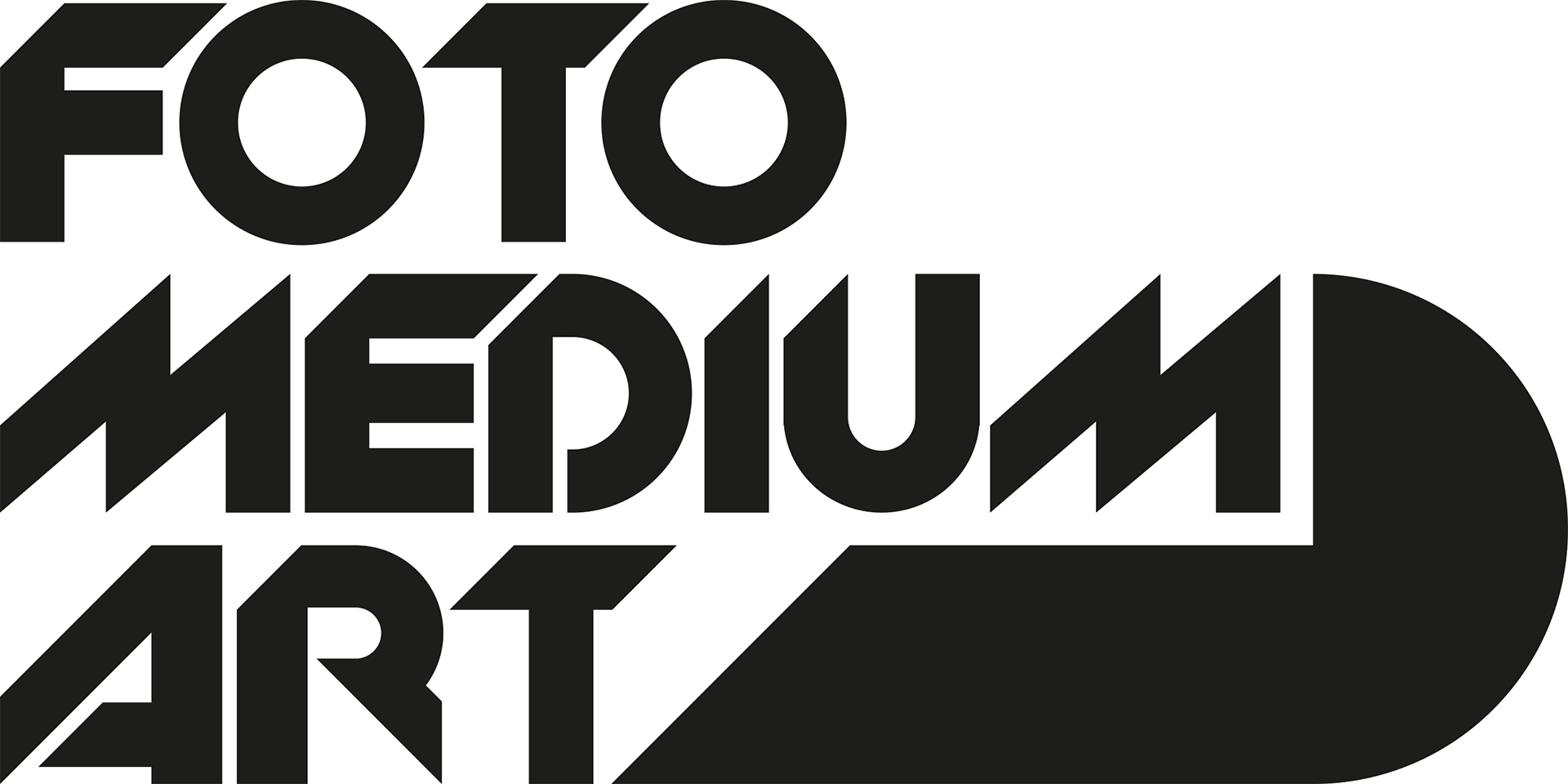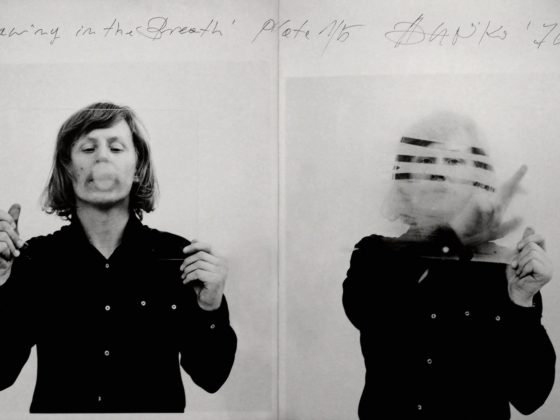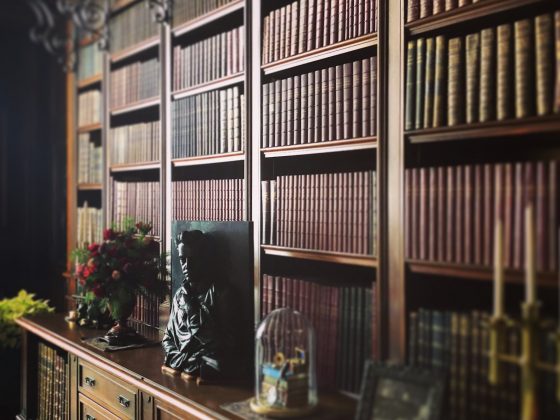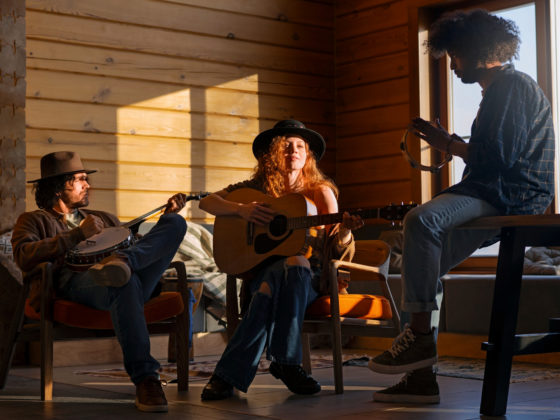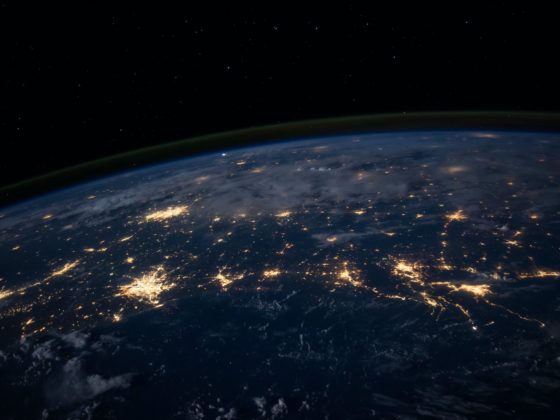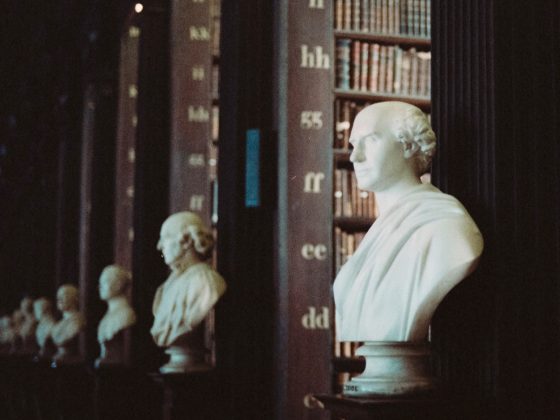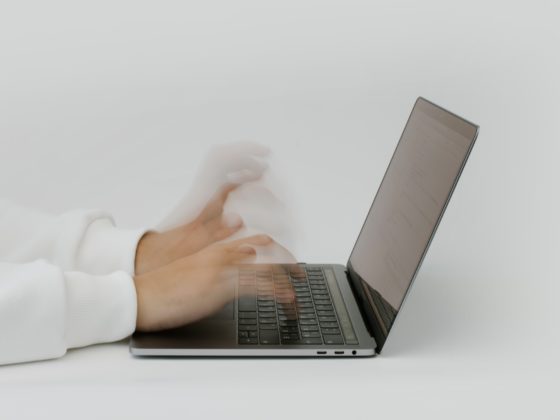Everything flows. Infuses one into another. Filters each other. Merges and standardizes. Interprets and reinterprets. Boasts reproduction to be the original. Loses distance toward oneself and the world.
The Planet of media – self-referential, self-sufficient and selfish. This is McLuhan’s era. This is globalization of self-transmission. This is locking oneself in the flickering, inconsistent and mosaic sphere.
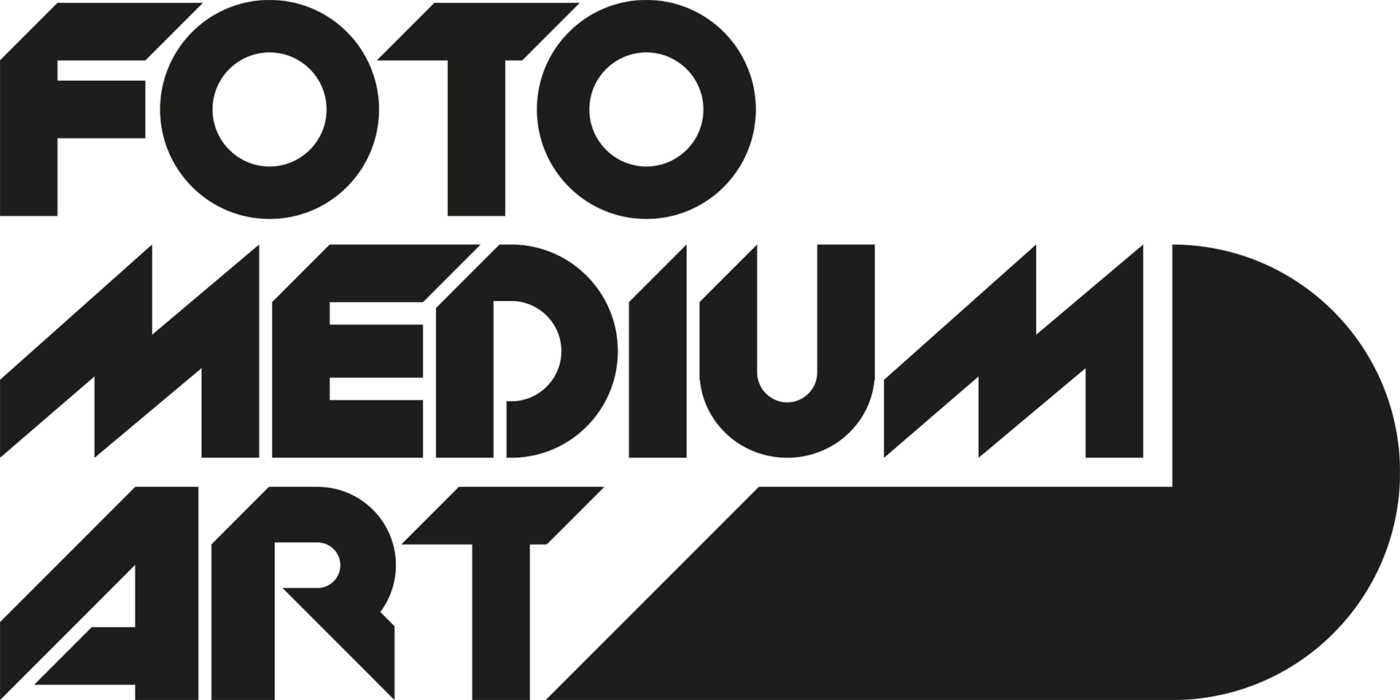
Such a condensation of informational welter leads with time to an eruption. As a result, the borders of the medial planet fall apart. The red heated “cool” matter (McLuhan’s “medium-cool”) abruptly explodes, struggling toward the distant space – toward the re-medial galaxy, unimaginably distant from the “Gutenberg’s galaxy”; toward the galaxy of the achieved virtual horizon whose arrival had been announced by Baudrillard, Derrida, Lem…
x x x
“Our art stems from the tradition of Constructivism, Unism, Minimal-art and Conceptualism sourcing both from the experience of art which mostly seeks the incessant renewal of form and achievements of conceptual art, which places purely intellectual speculations above the sensual experience. We treat both approaches – formalistic and conceptual, i.e. objective and subjective as well as practical and theoretical – as inseparable components of m e d i a a r t that integrates forms and concepts, whose mutual relations and also disturbances constitute an ever changing act of communication, art, allowing to view those elements which are both in mutual opposition and yet supplement each other as identical categories. This is possible when the traditionally understood form, which is the very shape of an artistic message gets replaced with a para-form or a meta-form, more precisely the form which is created in interaction between the existing form and viewer’s imagination, hence, a form of a higher order that surpasses the form itself, i.e. its autonomous morphology that becomes a mental formation, aphormic in nature.
(…)
Content viewed as an autonomous category seems less important than “content” arising from the form, i.e. disclosed by the very shape and manner of delivering the visual communication. The form which decides about the way of interpreting the communication. The form being content – as in the case of media, this is a type of a transmitter. At the same time, however, we consider the medium and message it conveys – from the art’s perspective – to be complementary elements of p o s s i b l e c o m m u n i c a t i o n; the clear and explicit definition of those elements is equally impossible as precise separation of the creative act in progress from its formalization, i.e. setting a border between the still fresh idea and its verbalized form, which gives start to its specific materializations.
(…)
In our work we focus primarily on creating – necessary and yet sufficient – conditions to make art from non-art. We want to bring into being self-signals whose essence is not contained in the very matter of an artwork but goes beyond it suggesting with its aesthetic form the expected perception which consists in complementing and expanding something that was merely signalled with a minimized trace. In this way, we provoke an individual generation of a possible communication outside the known code used so far which is to release in viewers the habit of independent response to each signal they receive.
We consider this to be the main value of art-medium; art understood as medium communicating about itself –in an ongoing creation and renewal. Art that changes the perception of the world and revises the existing methods of communicating with it. Art that liberates the need of fresh perception and independence of thinking, with time moving into other areas of human creativity”.
This is a fragment of a manifesto signed by me and attendees of the Photo-Medium-Art Seminar. It was our contribution to the discussion at the conference called “Art as Art Medium”, which I organized in Domek Romański (Roman House) on 14-16.04.1981. It was attended, amongst others, by Jan Berdyszak, Janusz Bogucki, Jan Chwałczyk, Urszula Czartoryska, Zbigniew Dłubak, Zdzisław Jurkiewicz, Bożena Kowalska, Andrzej Lachowicz, Jerzy Ludwiński, Jerzy Lukierski, Józef Robakowski, Zbigniew Staniewski, Grzegorz Sztabiński, Ryszard Winiarski and Jan S. Wojciechowski. At the same time, it was a culminating point of the medialism promoted by “Foto-Medium-Art” Gallery – the time, which witnessed the predominance of exhibitions by not so much photographers as multimedia artists who simply use photography in their art.
The formal change in the name from Wrocławska Galeria Fotografii (Wrocław Photography Gallery) to Galeria “Foto-Medium-Art” (“Foto-Medium-Art Gallery) took place on 17 October 1978. It was preceded by a series of discussions at “Photo-Medium-Art” Forums held under the following titles: “Photography as Photography”, “Photography as Relation”, “Photography as Material”, “Photography as a Tool, Video as a Tool”, “Photography as Ideology”, “Photography as Film, Film as Photography” and “Photography as Algorithm”. The first of these discussions was held on 17.12.1977. Its active participants comprised: Sławomir Magala, Krzysztof Kąkolewski, Janusz Zagrodzki, Wojciech Bruszewski, Zbigniew Dłubak, Bogdan Dziworski, Marcin Giżycki, Grzegorz Królikiewicz, Paweł Kwiek, Marceli Bacciarelli and Marek Hołyński.
The exhibition that inaugurated the new program was “Media” featuring works by Alek Figura, Ireneusz Kulika, Jerzy Olek and Ryszard Tabaka.



